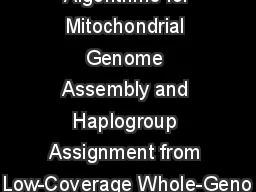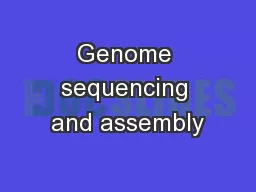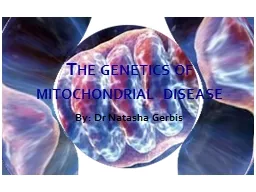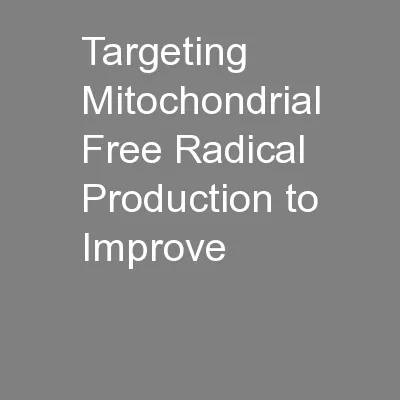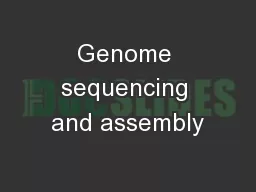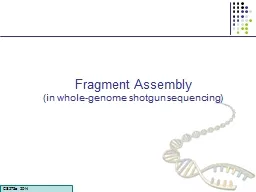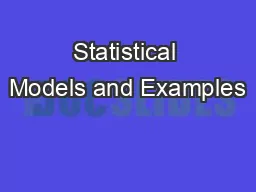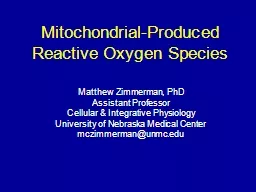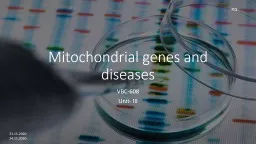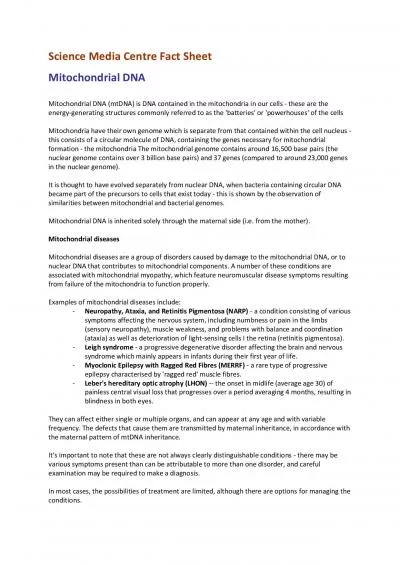PPT-Algorithms for Mitochondrial Genome Assembly and Haplogroup Assignment from Low-Coverage
Author : debby-jeon | Published Date : 2020-04-03
Fahad Alqahtani Supervisor Dr Ion Măndoiu Associate Advisors Dr Mukul Bansal amp Dr Derek Aguiar Computer Science amp Engineering Department University of Connecticut
Presentation Embed Code
Download Presentation
Download Presentation The PPT/PDF document " Algorithms for Mitochondrial Genome Ass..." is the property of its rightful owner. Permission is granted to download and print the materials on this website for personal, non-commercial use only, and to display it on your personal computer provided you do not modify the materials and that you retain all copyright notices contained in the materials. By downloading content from our website, you accept the terms of this agreement.
Algorithms for Mitochondrial Genome Assembly and Haplogroup Assignment from Low-Coverage: Transcript
Download Rules Of Document
" Algorithms for Mitochondrial Genome Assembly and Haplogroup Assignment from Low-Coverage"The content belongs to its owner. You may download and print it for personal use, without modification, and keep all copyright notices. By downloading, you agree to these terms.
Related Documents

